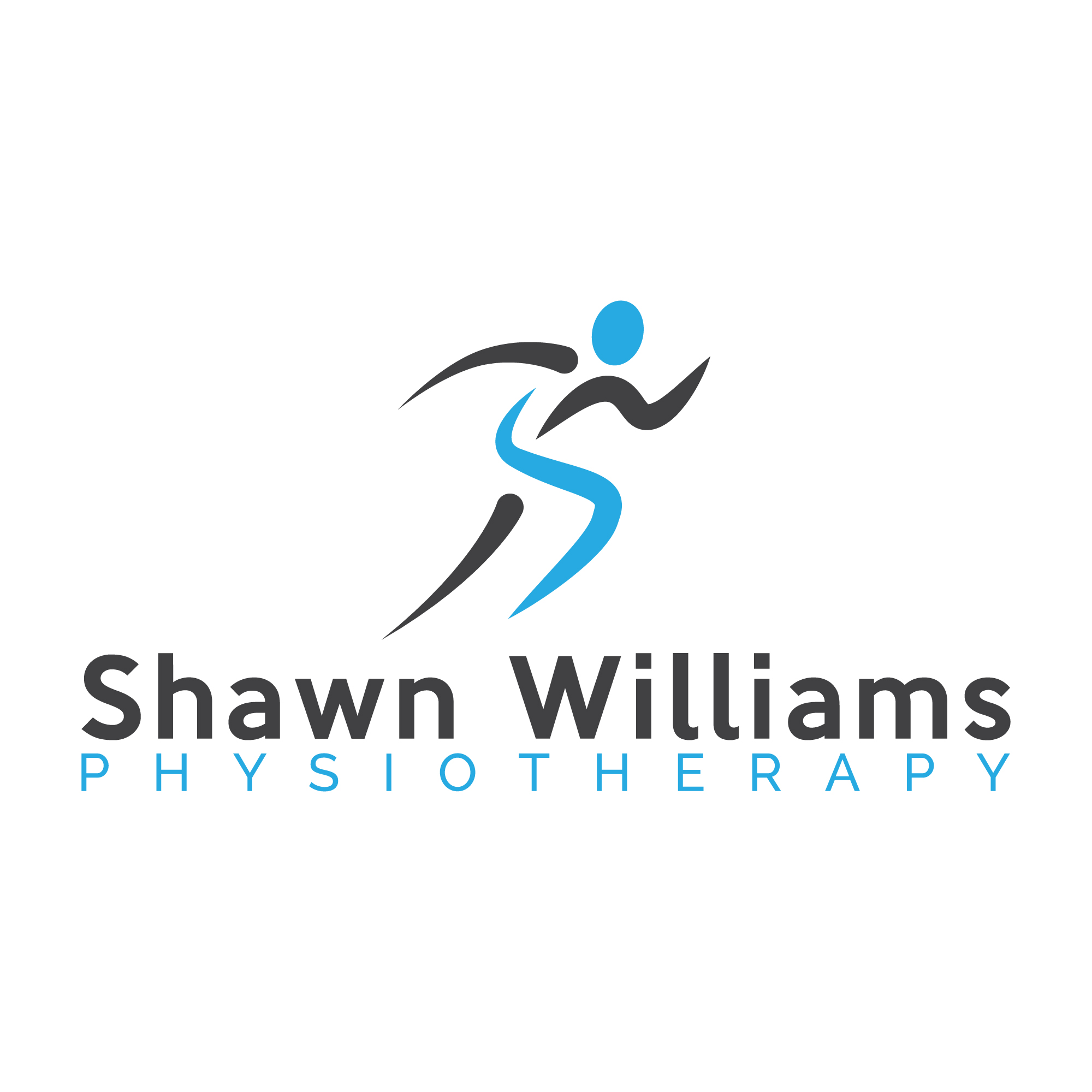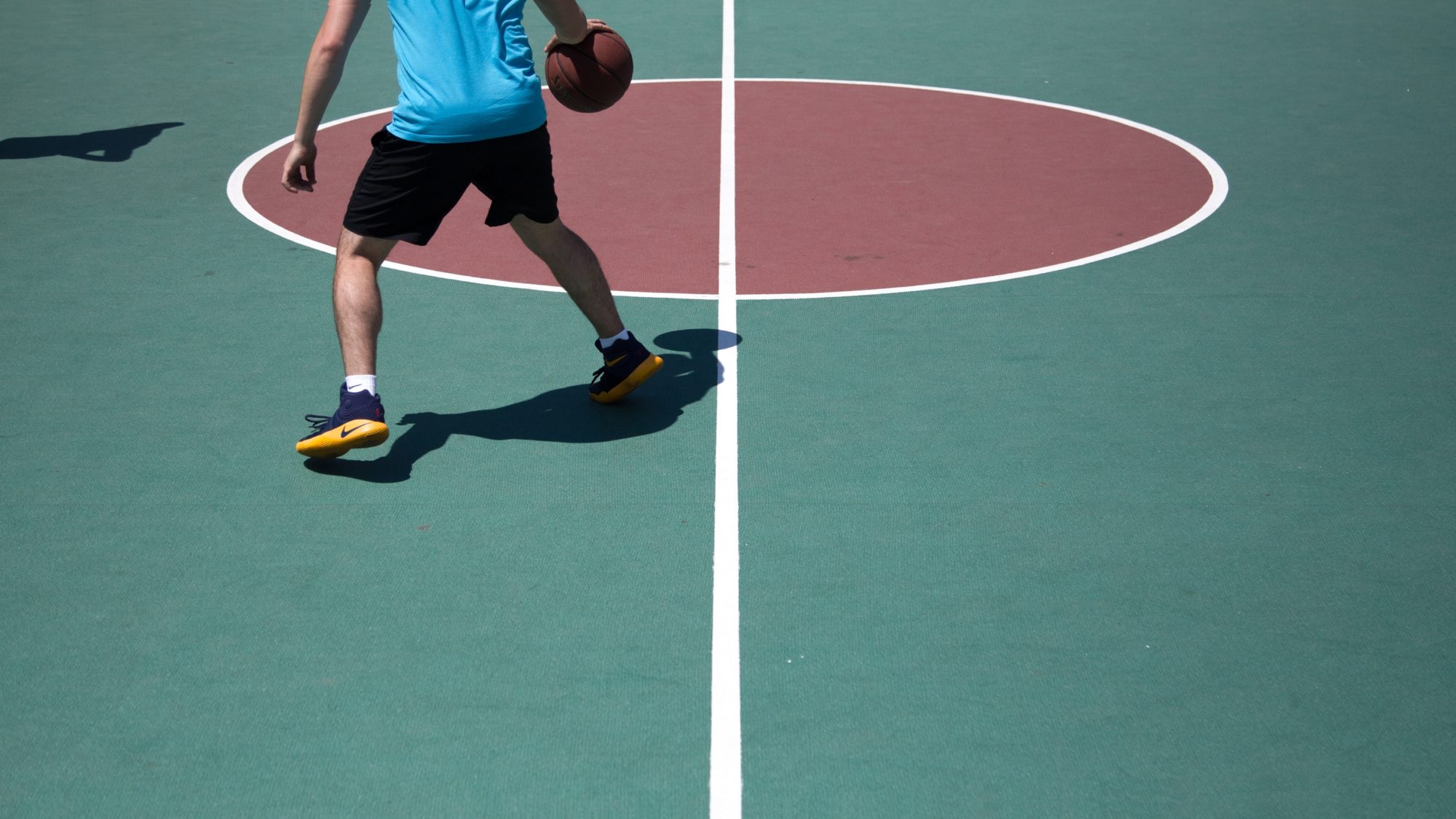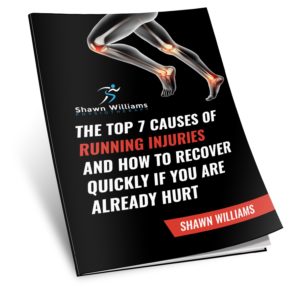Most basketball fans remember the ACL injury that took place to a star player of the Golden State Warriors in one of the greatest sporting events in Canada’s history.
Like many Canadian sports fans, I loved watching the Toronto Raptors’ recent playoff run, ending with them winning the NBA’s Larry O’Brian Championship Trophy. The Raptor’s win was much needed for all of Toronto’s loyal fans. However, as a physiotherapist, I did not enjoy watching Golden State Warriors shooting guard Klay Thompson leave game six with an apparent ACL injury.
Anterior Cruciate Ligament (ACL) tears are one of the most common knee injuries, affecting athletes in all different sports. The ACL can be injured in isolation or as part of the Terrible Triad, which also include the Medial Collateral Ligament (MCL) or medial meniscus. After an ACL injury physiotherapy, sometimes in conjunction with surgery, is required to restore knee stability. The ACL functions to prevent the tibia (the lower leg bone) from sliding forward on the femur (the thigh bone). There has been plenty of research investigating ways to prevent ACL injuries. A lot of this research has focused on the ratio of quadriceps to hamstring strength.
The quadriceps, the muscles on the front of the thigh, acts against the ACL, while the hamstrings, the muscles on the back of the thigh, acts with the ACL. Therefore, having strong hamstrings is thought to protect the ACL from injury. Unfortunately, many individuals have strong quads and weakened hamstrings, increasing their risk for ACL injuries. You can help protect your ACL by ensuring your strength program includes hamstring exercises, such as leg curls, deadlifts and/or glute bridges.
So what does this all have to do with Klay Thompson’s ACL injury? Prior to injuring his ACL in game six against Toronto, Klay missed game three with a hamstring strain on the same leg. Did his quick return and the likely weakened state of his hamstring leave Klay vulnerable to an ACL injury? Though there is no way of knowing for sure, it is entirely possible.
In addition to strengthening your hamstrings, your training program should include:
- 1. Exercises for your smaller glute muscles to prevent your knees from collapsing inward (e.g. banded lateral walks)
- 2. Core strengthening to improve your form and protect you from injury (e.g. plank)
- 3. Proper jumping and landing technique (i.e. chest up, hinge at the hips, knees over toes, and light landing)
- 4. Twisting and pivoting exercises (e.g. sprints)
- 5. A warm-up before and stretching after a game, activity or exercise
- 6. Balance training (e.g. single leg stand with eyes closed)
- 7. Rest to allow sufficient recovery following exercise
If you live in the Toronto area and feel you may be at risk of injuring or re-injuring your ACL or have more questions about how physiotherapy can reduce your risk of ACL injury, contact us by sending us an email or giving us a call or text at 416-660-4187.
If you have already suffered an ACL injury and are most likely going for surgery download my free report 7 Key Factors for Optimal ACL Reconstruction Rehabilitation.




